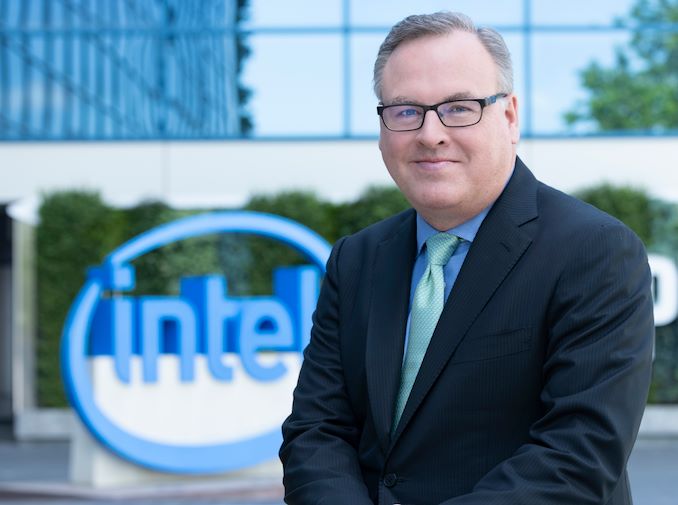The Ice Lake SKUs look comparatively cheaper than the Milan though not as fast $ per $. There’s more “range” in Ice Lake.
It used to be that the 7452 was at a sweet spot in terms of price/performance with Rome and there really isn’t Milan part that fits that.
Hopefully this puts some pricing pressure on AMD and Milan.
It used to be that the 7452 was at a sweet spot in terms of price/performance with Rome and there really isn’t Milan part that fits that.
Hopefully this puts some pricing pressure on AMD and Milan.


Comment